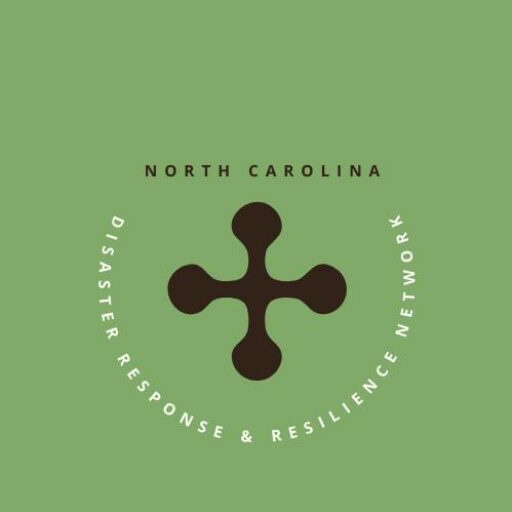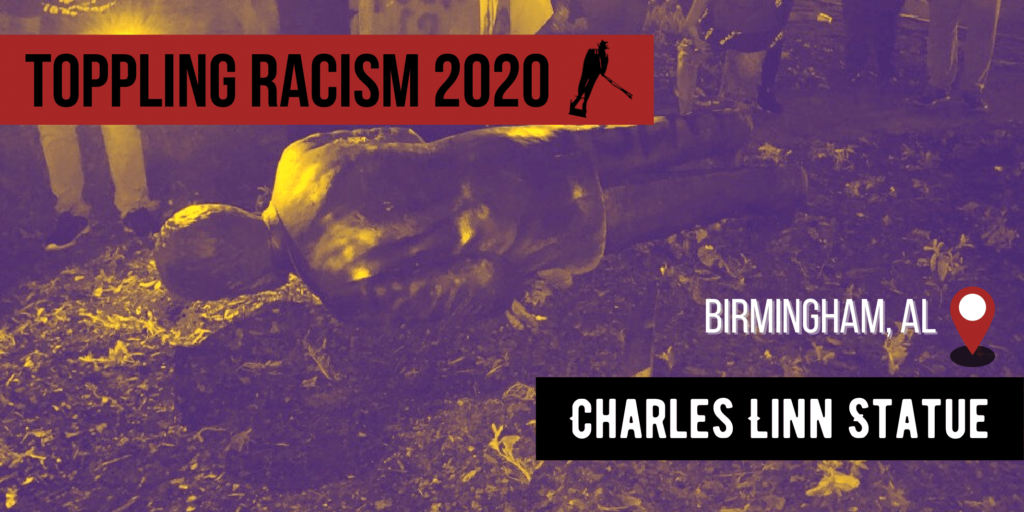Since the May 25 murder of George Floyd, hundreds of memorials to racism and white supremacy have been removed across the country. These removals, whether by protesters or by government or educational entities, have been fought for by organizers and activists for decades. Southern Vision Alliance has created a map of the more than 100 removed in the South. To help put this moment in context, we asked three historians about the impact of activists and organizers, the significance of the timing in which many of the monuments were erected, and what changes this mass removal will spur going forward.
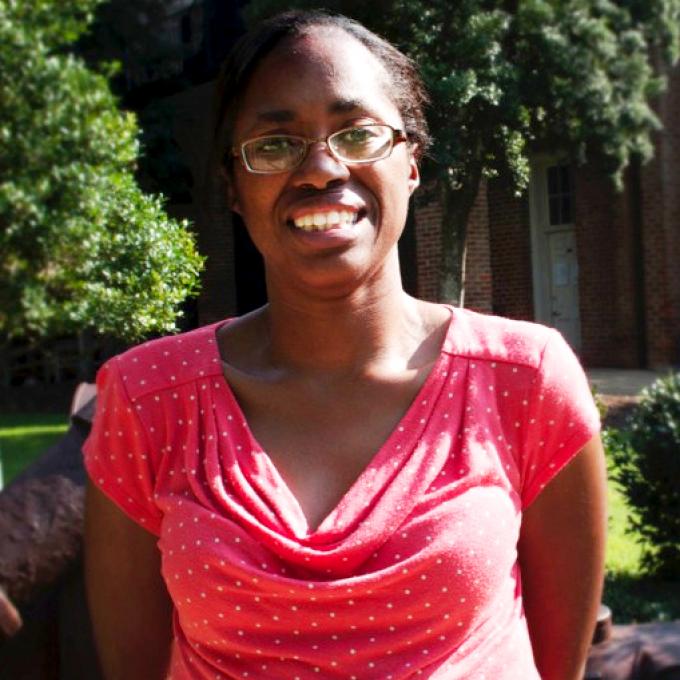
Dr.Hilary Green
Vann Professor of Ethics in Society at the Africana Studies department of Davidson College
Dr. Hilary Green is the Vann Professor of Ethics in Society at the Africana Studies department of Davidson College. Her work specializes in the Civil War, the Reconstruction era, and African American history. She is the author of Educational Reconstruction: African American Schools in the Urban South, 1865-1890.
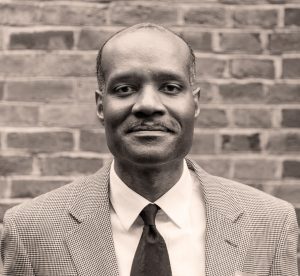
Dr. Claude A Clegg III
Lyle V. Jones Distinguished Professor of History and African, African American, and Diaspora Studies at the University of North Carolina at Chapel Hill
Dr. Claude A. Clegg III is the Lyle V. Jones Distinguished Professor of History and African, African American, and Diaspora Studies at the University of North Carolina at Chapel Hill. He specializes in African diaspora history as well as nationalism and social mobilization. He is the author of Troubled Ground: A Tale of Murder, Lynching, and Reckoning in the New South.
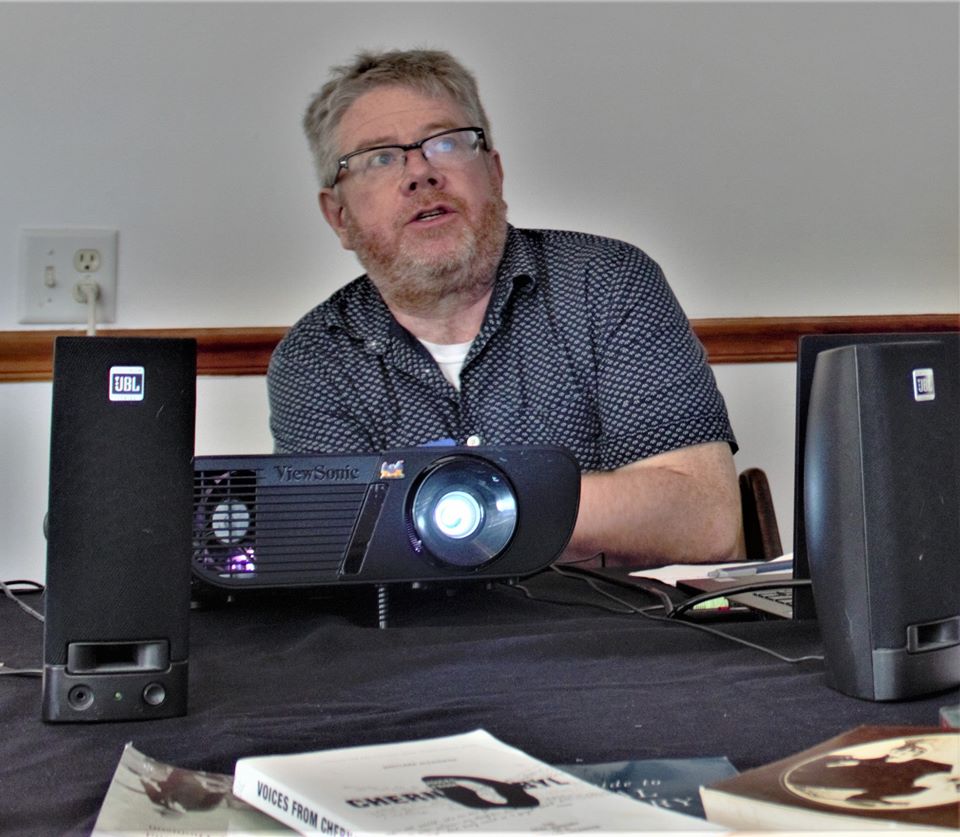
Dr. Kerry Taylor
Associate Professor of History at the Citadel
Dr. Kerry Taylor is an Associate Professor of History at the Citadel and Director of its Charleston Oral History Program. His work specializes in Twentieth Century labor, civil rights, and African American history. He is additionally a board member of the Institute for Southern Studies, which is the publisher of Facing South, an online magazine of Southern culture and politics
We’ve found that over 100 memorials to white supremacy in the South have been removed during this current uprising for Black lives. What is the historical significance of the event?
Dr. Hilary Green: This is a historic moment. In the aftermath of the murder of George Floyd, more Confederate monuments have come down than previous removals combined. It also expanded to include monuments to white supremacy more broadly (enslavers, slave traders, colonizers, segregationists, and white supremacists), in the United States and globally. In this category, another 100 have come down. This is significant as previous movements have been largely limited to the United States and CSA monuments with a few international examples. We are witnessing a significant reckoning of race and commemorative landscape.
Dr. Claude A. Clegg III: It’s a big deal, especially how rapidly so many of them were brought down. Of course, given that such statues and monuments were such brazen and public memorials to slavery, white supremacy, and treasonous rebellion, one has to wonder how they ever stayed on their pedestals for so long.
Dr. Kerry Taylor: It is momentous from at least three perspectives. Black communities have long protested these monuments that venerate the Lost Cause mythology. In the case of the Calhoun monument in Charleston, for instance, the protests date back more than 100 years.
Second, the response of public officials previously hostile or indifferent to removing the monuments is a testament to the scale of the protests. Political and business leaders have been made to feel vulnerable. Lastly and ironically, people are debating the meaning of these memorials that have long been ignored. Far from erasing history the threat of removal has prompted people to discuss the past with some new honesty and seriousness.
We found that, on average, the fallen monuments to the Confederacy were erected 55 years after the Confederate surrender. Can you speak to why this timing is significant?
HG: These monuments emerged after the overturning of Reconstruction and the removal of black men from electoral politics. These monuments represent the cultural redemption of Reconstruction and are firmly situated with the emergence of white supremacy within Jim Crow. These public monuments were never neutral.
The women who erected them with the support of all white local governments and using taxes paid by African Americans for their maintenance embodied white supremacy, African American inferiority and new racial geographies that privileged whiteness. These were never about the wartime dead. The unveiling speeches openly discussed “Anglo-Saxon supremacy,” Lost Cause understanding of the Civil War, and reminded African Americans of their lack of belonging in the post-Reconstruction South.
CC: Many of the Confederate monuments were erected in the 20th century, generations after the Civil War. Thus, they were meant to serve a purpose beyond memorializing Confederate soldiers or the cause of the Confederacy. In many instances, the monuments were meant to affirm the white supremacist values that undergirded the Jim Crow, segregationist period. They were reminders of the racial order in which Whites were on top and Blacks at the bottom. How best to demonstrate this than to erect statues that romanticized a Confederate war effort that sought to perpetuate slavery. The monuments were a repudiation of racial equality and Black aspirations following emancipation.
KT: Recent scholarship* suggests that the monuments helped forge a degree of white unity that never existed during the Civil War and Reconstruction. After Reconstruction, southern white elites required that unity to maintain political and economic dominance over a region that was poor and politically unstable. This can’t be emphasized enough, the memorials were not established to remember history, celebrate noble virtues, commemorate the war dead, or anything of that sort. That has always been subterfuge. They were constructed to forget the violence of slavery, as well as mass southern white opposition to secession and Black and white unity during Reconstruction. They were built not to remember, but to help us forget.
We also found in our research that many of the fallen monuments were erected by the United Daughters of the Confederacy—and even, in some cases, removed by the group in acts of monument preservation. Tell us about the legacy of the United Daughters of the Confederacy in upholding white supremacy and lost cause ideology.
HG: The UDC legacy is much more than the monuments. As a result of their other campaigns, they were responsible for highway markers and street names that still stand, textbooks used in public school classrooms, scholarships (some of which are still given), advocates for heritage preservation laws and major defenders of the neo-Lost Cause ideology in the present.
They are trying to ensure their legacy of the organization and understanding of the Civil War alive among the current “living monuments” of children and communities in the present. The main difference is that they do not have the same power that they once wielded.
CC:The UDC has been perhaps the most adamant voice in trying to keep these monuments in public spaces, often at the expense of taxpayers. It says a lot about the power and influence of the organization, as well as the resonance of its pro-Confederacy sympathies among a segment of the population.
Oftentimes, government entities or educational institutions that approved the removal of monuments are credited in news media as the harbingers of change, when community organizers have been campaigning for the removal of these same monuments for decades. How does this portrayal impact the historical view of these events?
HG: This portrayal will be useful to lessen the misinformation presented about the monument removals. It is not protestors who tore down the monuments. But, rather unanimous and/or decisive votes that helped in the removal after receiving petitions and other calls at public hearings for removals. It is important for community activists to document their efforts and tell their stories. This way historians and future scholars can tell fuller narratives of this moment, ensure that both perspectives are told and move away from the self-congratulatory narratives being promoted currently.
CC: I think that much of the reporting has shown that public officials and institutions have largely moved to remove the monuments after often well-organized and vocal community protests. Some institutions have seen the writing on the wall and acted before protesters forced their hand. None of the moves by public officials have been profiles in courage. Instead, they are typically political calculations designed to avoid worst-case scenarios and conflict that would be damaging to their institutions and their reputations.
KT: Former South Carolina governor Nikki Haley has parlayed her belated support for removal of the confederate flag from the State House into a bid for the presidency. To the degree that she has succeeded in casting herself as the hero of the events that followed the racist Charleston murders of 2015 attests to the power of these symbols and our handling of them. Fifteen years earlier nearly 50,000 people gathered at the state house to call for the flag’s removal. That effort was led by the unionized longshore workers of Charleston, the NAACP, and sympathetic political leaders. Few people remember their grassroots organizing and all of them have too much integrity to exploit their efforts for personal gain.
Do you believe that this uprising will change that portrayal and shed more light on the work of activists and organizers?
HG: Sadly, no. It will be up to organizers to tell their story and counter these media-easy narratives so that historians can properly document the various facets of this moment.
CC: I think that this change is already happening. My big concern is that the protesters avoid being blanketly written off as looters, thugs, provocateurs, etc. simply based on the actions of a very small subset of opportunists.
KT: I see no indication that it will lead to any clearer understanding that the process of social change is collective and that it relies on organizers and activists.
What do you believe this mass removal of racist monuments will spur going forward? How do you believe these removals and this uprising will affect social change and political policy change in the future?
HG: As the number of monuments removed and the promises for removals grows, the revised CSA and Lost Cause landscape will permit new opportunities for new public art and greater opportunities to decide what should be placed, if anything.
I believe that so-called heritage laws enacted following Charleston and Charlottesville will be eliminated. If anything, these laws contributed to the current mass removal. Alabama state legislators are contemplating this possibility after several communities chose to pay the $25,000 fine for removal while others had their formal request for removal denied by the state preservation body authorized to make such decisions. Instead, I hope that communities decide to invest in the teaching of history in K-12 classrooms, adoption of inclusive and updated curriculum that corrects the false narratives designed by the UDC, and museums and other archival repositories for the understanding the fuller narratives purposefully erased by the UDC and other Lost Cause apologists. Lastly, police reform and criminal justice reform necessary as these uprisings emerged following the public murder of George Floyd.
But none of these things will occur if communities adopt a “we removed a monument and everything is fine” mentality. Removal is easy. Adding new replacement public art is easy. The hard part of actual reform and repair requires time, institutional commitment with undefined budget appropriations, and work. Some communities, such as Asheville, NC, are doing this currently with proposals to enact real reparations for African Americans after the community removed its Confederate monument. California state legislators are contemplating the similar plans. More need to do this work in order to bring about meaningful and lasting social change.
CC: The monuments and the protests against them are principally in the realm of symbolism. However, these confrontations are important in regard to sparking larger conversations about injustice, claims to public space and public memory, equity, dignity, and so forth.
The harder step will be to channel the outrage and activism around the monuments toward sustained and organized activity that challenges systemic racism and structural inequalities embedded in housing, health care access, education, the criminal justice system, wage disparities, voter suppression, etc. These are big-ticket items that will necessitate engagement with public policy and electoral politics, and activists will need to sustain the public support needed to have an impact on policy makers, laws, institutions, and the like.
KT: The hope is that the momentum translates into substantive change, starting with policies that bring an end to the racist police violence that triggered the protests. The fear is that the removal of the monuments serves only to express our individual virtue, or that it is reduced to a marketing exercise through which we rebrand our cities and corporations as cosmopolitan and welcoming without changing power relations in meaningful ways. At this point, I have seen few indications that power relations have been affected in meaningful ways. But change may emerge over time and in ways that are hard to detect and unpredictable.
*Editor’s Note from Dr. Kerry Taylor: Anyone interested in the history of Lost Cause/Confederate symbols needs to read recent work by historians Adam Domby (False Cause, 2020) and Ethan Kytle and Blain Roberts (Denmark Vesey’s Garden, 2018).
